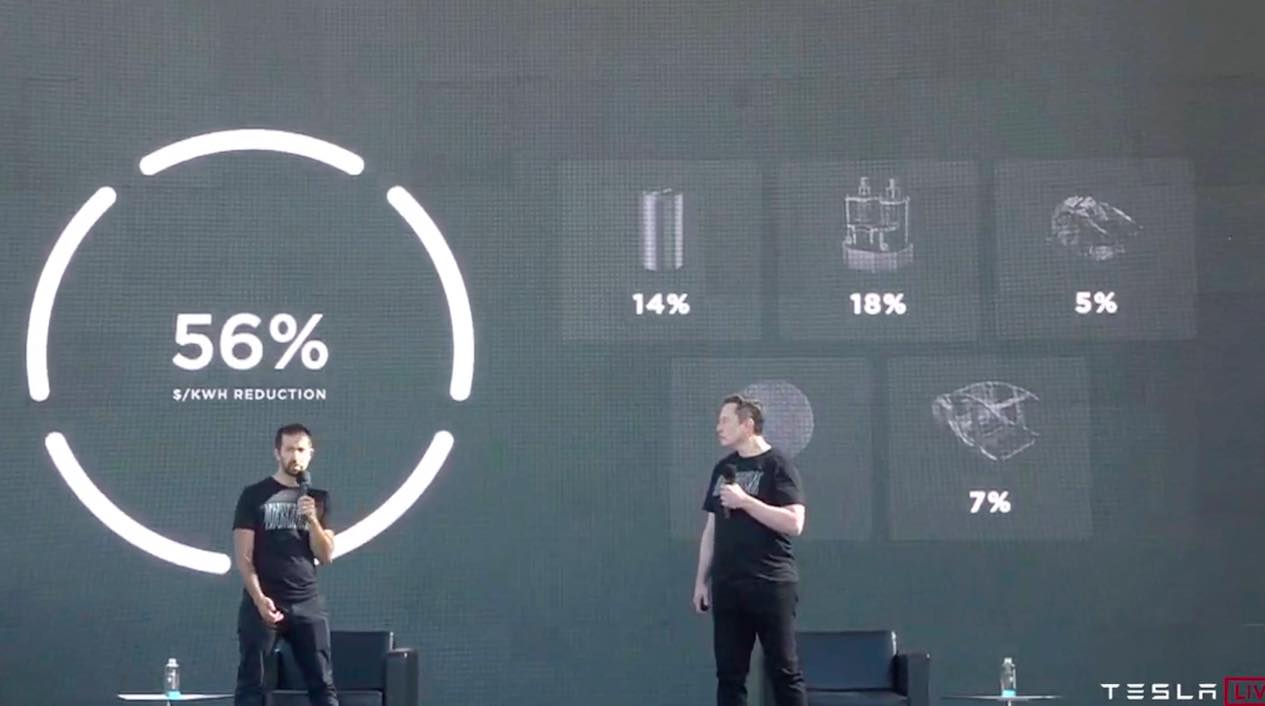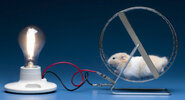I think there are a lot of challenges to overcome to achieve this. So to make it "work" would requiring addressing all the facets.
1) The hardware involved would need to support it... Articles like this describe that in some cases the hardware on the vehicle is capable of converting DC to AC, but of course it's hard to tell if this article is accurate or if your specific vehicle has the hardware. We also know that Tesla Roasters had this feature, but since those owners tended to be mega-rich they never used it. This bias unfortunately affected Musk's take on whether plebes with lower-end models would want the functionality.
Electrek has learned that Tesla has quietly made Model 3, and likely Model Y, ready for bidirectional charging, which should...

electrek.co
Musk says V2G could be delivered with software update, but downplays its utility because Powerwalls are more dependable storage option than battery on wheels.

thedriven.io
2) The control software would need to support it... I'm an idiot with sub-zero qualifications to speak to this. Maybe you can
@bmah or
@wwhitney to learn what it would take to activate an energy export command to have an EV export at a specific kW that is then somehow converted to AC @ 240v and specific Hz.
3) The safety element to the PoCo... vehicle to grid is messy since it actually goes back onto the PoCo's infrastructure. The amount of red tape involved to make a grid-exporting system work within the massively complex PoCo ruleset is massive. Tesla's Powerwalls are loaded with specific grid profiles and undergo a ton of testing as power control systems. Since existing EV automobiles are not equipped with the same measures, it is unlikely that the existing EVs would be allowed to have any exported energy touch the Grid. I think you can look up UL1741 for more info.
4) The safety element for the microgrid... as mentioned above, the Ford F150 Lightning is vehicle to home only. The truck can only export energy to the home when a relay decouples the home from the PoCo grid. Then, the hardware that is installed at the house measures home load demand, and the truck is instructed to export energy to meet that local demand. My understanding is the F150 Lightning does not have a DC-AC inverter; rather the hardware installed on the home converts the DC to AC.
<img alt= class=wp-image-4147 height=38 loading=lazy sizes=(max-width: 194px) 100vw, 194px src=https://www.aeesolar.com/wp-content/uploads/2022/10/Sunrun-Logo-Dark-Blue-1024x206.png srcset=https://www.aeesolar.com/wp-content/uploads/2022/10/Sunrun-Logo-Dark-Blue-1024x206.png 1024w...

aeeexpress.com
5) Economics and arbitrage... unfortunately anything involving storing energy and exporting it back to the house is rife with all the red tape and issues surrounding rate arbitrage. The dream is to take energy from a one source, then export it back to your home instead of taking the super-expensive (California) or super eco-unfriendly (Kentucky) energy from the grid. As Zanary describes above... arbitraging Elon's free supercharging is a dealbreaker for Tesla. And if your PoCo realized you were rate arbitraging without paying them "a fair share" they'll come banging on your door to demand some money. Also, whoever controls the entire ecosystem stands to profit. That's why Sunrun and Tesla now have VPP's so these mega corps can manage the combined might of all the machines together. They don't want you as an individual taking independent control. They want to be able to push a button and tell 10,000 people like you to export so they can bank the energy credits (while paying you a portion of the value as a generator). Anyway, the moment there's money involved for the mega corps and IOUs, expect the individual to feel left out of the conversation.
6) Politicians and Policymakers... if you don't have the $ to get in with politicians and policymakers, then your interests will have no voice and no seat at the table.
**********************
As an aside, Enphase
acquired Clipper Creek so they can start looking into bi-directional energy flows to either the home or ultimately to the grid. Clearly there is no straight line path to the end game, so you can see they're an energy company that just want their foot in the door. Ultimately companies like Tesla, GM, Enphase, etc will come around, but I wouldn't expect them to have an open ecosystem so some homeowner in Vancouver will have an easy time making their home a net-zero home using an EV for load balancing.






